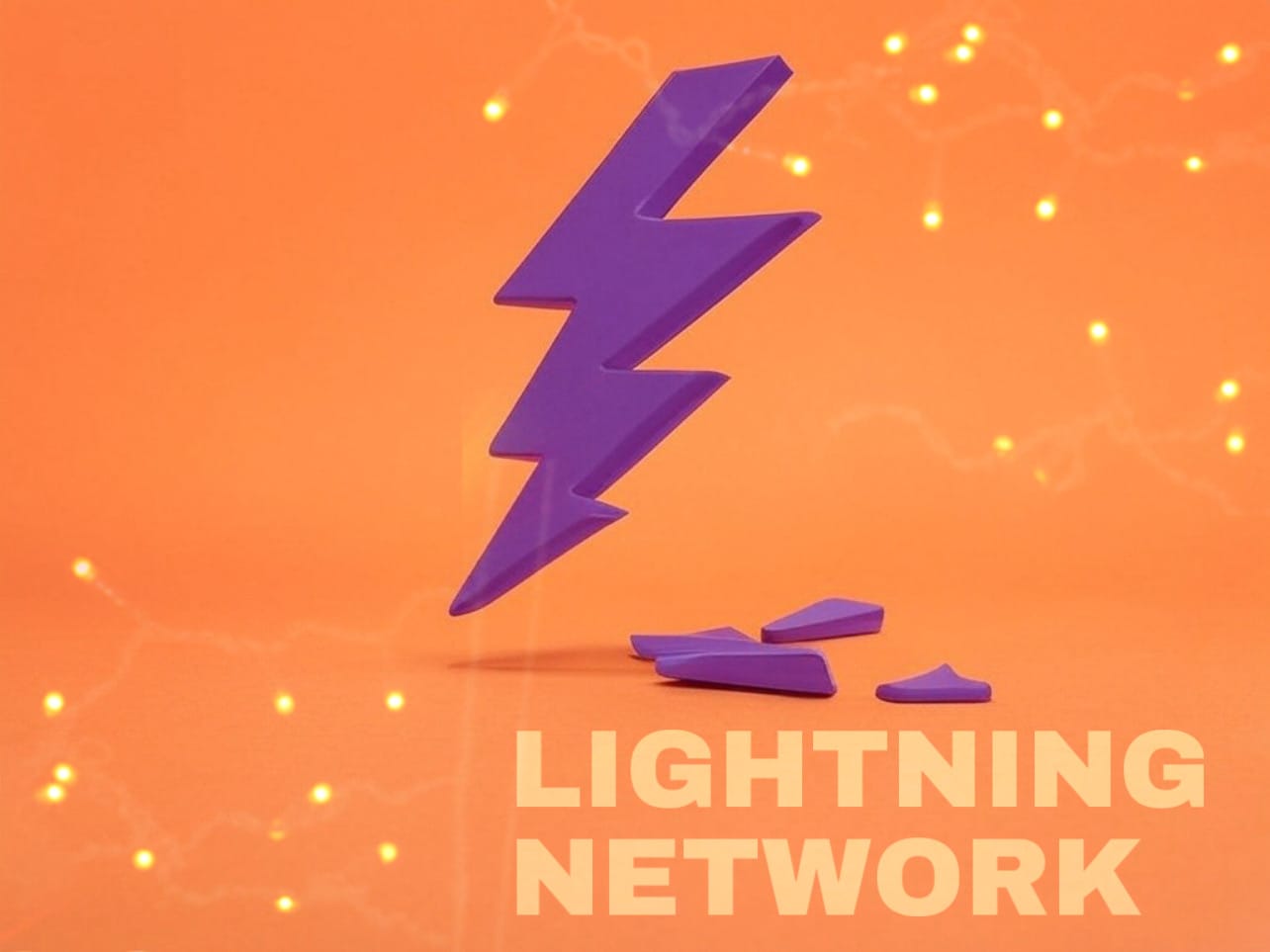Bitcoin Lightning Network Pay to Anchor Feature Faces Scrutiny Over Abuse Concerns

The Bitcoin community is at odds again over “Pay To Anchor” outputs, a technical feature meant to bolster the reliability of the Lightning Network, as people have begun raising concerns over its potential misuse.
Originally designed to ensure smooth transaction confirmations in Bitcoin’s offchain scaling solution, these outputs have sparked debates about their impact on the network’s health, with some users pointing to their role in driving up fees and clogging the blockchain during a time of growing speculative activity.
The issue in question has a Bitcoin transaction involving a Runestone, a type of digital collectible tied to the Ordinals trend, with 240 satoshis allocated to an anchor output and a hefty 418 satoshis in fees. This transaction, flagged as an example of "degens" discovering Pay To Anchor outputs, has reignited debates about their impact on Bitcoin's network, with some even labeling the feature a vulnerability introduced by Bitcoin Core developers.
Pay To Anchor outputs, often called anchor outputs, were created to address a specific challenge in the Lightning Network, Bitcoin’s second-layer scaling solution. These outputs are small, spendable portions of a Lightning channel's commitment transaction, designed to allow users to bump transaction fees using a method known as Child-Pays-For-Parent. This ensures that channel closures can confirm on the blockchain even during periods of high network congestion, a critical feature for maintaining the security and reliability of offchain payments.
However, users on social media suggest that these outputs are being repurposed by speculative users, often referred to as "degens," for activities like inscribing Runestones, which are unrelated to the Lightning Network's intended use case.
I regret to inform you that the degens have discovered Pay To Anchor outputs pic.twitter.com/loQGxWp8Za
— mononaut (@mononautical) April 14, 2025
Community Reactions Highlight Broader Tensions
The conversation online quickly evolved, reflecting a mix of concern and frustration among Bitcoin enthusiasts. A reply pointed out the existence of a "point and click GUI tool" for creating Pay To Anchor transactions, lowering the technical barrier and potentially amplifying misuse by less experienced users. This development worries some, as it could lead to a surge in transactions that clog the mempool, Bitcoin’s waiting area for unconfirmed transactions, thereby driving up fees and slowing down the network.
Another user raised a philosophical question about the implications for Bitcoin’s original vision as a peer-to-peer cash system, highlighting fears that rising fees and speculative activities could undermine its accessibility for everyday use.
Bitcoin Core continue to introduce vulnerabilities and huge technicals debts.
— Léo (@leo_haf) April 14, 2025
They have denied ALL attempts to fix these vulnerabilities.
The Bitcoin monopoly must end, we need to decentralize Bitcoin implementation. https://t.co/jBrvWLyDAg pic.twitter.com/PEJuJp927l
Some critics have gone further, arguing that anchor outputs represent a vulnerability introduced by Bitcoin Core developers. These accusations say that these outputs enable spam by allowing low-value transactions to flood the network. Some have also claimed that developers are removing the dust limit, a rule preventing outputs too small to be economically spent, for ephemeral anchors, a specific type of anchor output meant to be spent immediately. However, this criticism appears overstated. The dust limit exception applies only to ephemeral anchors to facilitate fee bumping without cluttering the blockchain, and the broader design of anchor outputs remains a necessary trade-off to ensure the Lightning Network’s functionality.
The debate highlights a deeper tension within the Bitcoin community about the network’s direction. While anchor outputs are crucial for scaling Bitcoin through the Lightning Network, their misuse for speculative purposes poses challenges.

